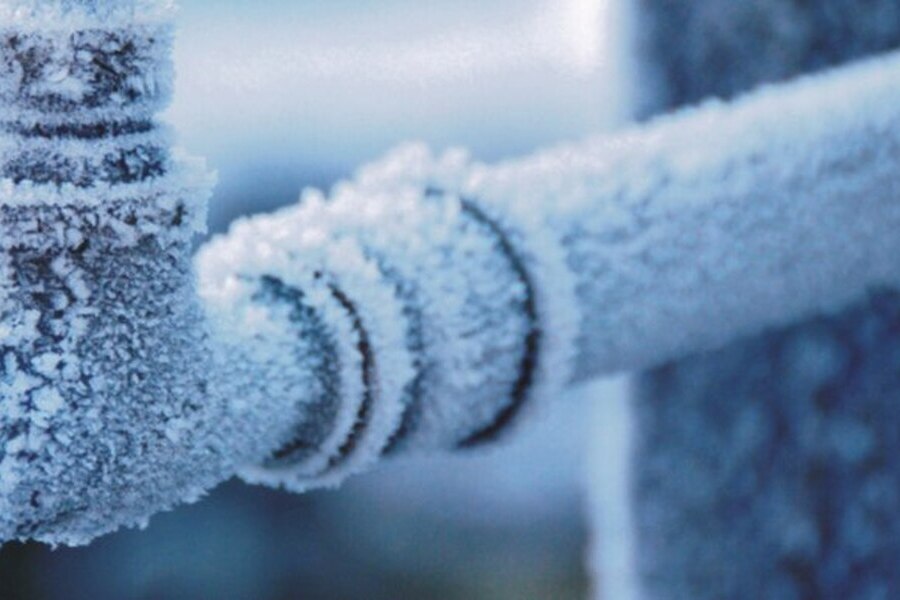Introduction: How to Unfreeze a Septic Line
Welcome to this comprehensive guide on unfreezing a septic line. Dealing with a frozen septic line can be a frustrating and unpleasant experience for homeowners. When a septic line freezes, it can lead to backups, foul odors, and potential damage to your septic system. In this article, we will provide you with practical steps to unfreeze your septic line and restore proper functionality to your system.
Before we delve into the steps, it’s important to note that working with a septic system can be hazardous. If you are unsure or uncomfortable with any of the procedures mentioned in this guide, it is highly recommended to seek professional assistance. Safety should always be a top priority when dealing with septic systems.
Now, let’s get straight to the point and discuss the practical steps you can take to unfreeze your septic line. Remember, we’ll be straightforward and blunt in our approach, without sugarcoating any details.

Disclaimer: The information provided in this article is based on general knowledge and practices as of January 2022. If you encounter a situation beyond the scope of this guide or if any regulations have changed, it is advisable to consult with a professional.
Now, let’s dive into the main text and explore the steps to unfreeze a septic line.
Unfreezing a Septic Line: Practical Steps to Restore Functionality
Dealing with a frozen septic line can be a major inconvenience, but with the right approach, you can resolve the issue and restore proper functionality to your septic system. In this section, we will outline the step-by-step process to unfreeze a septic line. Remember to prioritize safety throughout the procedure.
1. Identify the Frozen Area
The first step is to determine the location of the frozen section in your septic line. Signs of a frozen septic line include slow drainage, gurgling sounds, and foul odors. Start by inspecting the area where the septic line exits your home or building. Look for any visible signs of ice buildup or blockage.
2. Apply Heat
Once you have identified the frozen area, the next step is to apply heat to thaw the blockage. Here are a few effective methods:
- Hot Water: Boil a large pot of water and carefully pour it down the drain closest to the frozen area. The hot water will help melt the ice and restore flow.
- Heat Tape or Heat Cable: If the frozen section is accessible, you can wrap heat tape or heat cable around the pipe. These specialized heating elements provide a constant source of heat to thaw the blockage.
- Heat Gun or Hair Dryer: Use a heat gun or hair dryer on the lowest setting to apply heat directly to the frozen area. Keep the tool moving to prevent damage to the pipe.
3. Insulate the Septic Line
Prevention is key to avoiding future freezing issues. Once you have successfully unfrozen the septic line, take steps to insulate it and protect it from freezing again. Here’s what you can do:
- Add Insulation: Wrap the exposed septic line with insulation sleeves or foam pipe insulation. This will help maintain a consistent temperature and prevent freezing.
- Eliminate Cold Drafts: Seal any gaps or cracks near the septic line’s exit point to prevent cold air from entering and causing freezing.
- Keep the Area Clear: Remove any snow, ice, or debris around the septic line to ensure proper drainage and prevent blockages.
Conclusions
Unfreezing a septic line requires a systematic approach and a focus on safety. By identifying the frozen area, applying heat to thaw the blockage, and taking preventive measures, you can restore functionality to your septic system. Remember, if you are unsure or uncomfortable with any of the steps, it is always best to seek professional assistance.
Regular maintenance and monitoring of your septic system can help prevent freezing issues in the future. Stay proactive and address any signs of freezing promptly to avoid costly repairs and potential damage to your septic system.